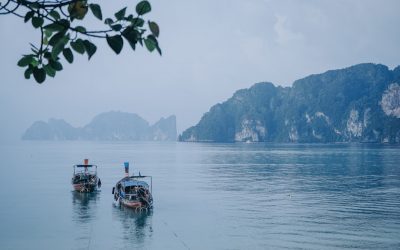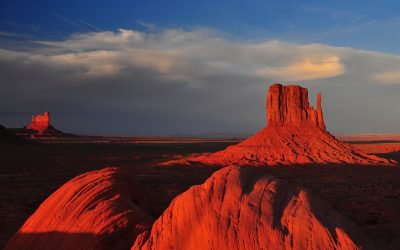North Dakota
North Dakota, located in the Midwestern region of the United States, is a state known for its diversity and rich history. With a population of approximately 760,000 people, it is the 47th most populous state in the country. The state’s history dates back...
North Carolina
North Carolina, located in the southeastern region of the United States, is a state with a rich history and vibrant culture. It is known for its southern charm, hospitality, and diverse landscapes. From the majestic Blue Ridge Mountains in the west to the beautiful...
New York
New York City, often referred to as the “Big Apple,” is one of the most iconic and vibrant cities in the world. Located in the northeastern United States, it is the largest city in the country and serves as a major cultural, financial, and commercial hub....
New Mexico
New Mexico, also known as the Land of Enchantment, is a state in the southwestern region of the United States. It is a popular travel destination for its diverse attractions and unique culture. From its rich Native American and Hispanic heritage to its stunning...
New Jersey
New Jersey, also known as the Garden State, is a state located in the northeastern part of the United States. It is bordered by New York to the north and east, Pennsylvania to the west, and Delaware to the southwest. With a population of over 9 million people, it is...
New Hampshire
New Hampshire, also known as the Granite State, is a small but significant state located in the New England region of the United States. It is bordered by Massachusetts to the south, Vermont to the west, Maine and the Atlantic Ocean to the east, and Canada to the...
Nevada
Nevada, also known as the Silver State, is a state located in the western region of the United States. It is bordered by Oregon to the northwest, Idaho to the northeast, California to the west, Arizona to the southeast, and Utah to the east. With an area of...
Nebraska
Nebraska, also known as the Cornhusker State, is a landlocked state located in the Midwestern region of the United States. It is bordered by six states – South Dakota to the north, Iowa to the east, Missouri to the southeast, Kansas to the south, Colorado to the...
Montana
Montana, also known as “The Treasure State,” is a state located in the western region of the United States. It is the fourth largest state in terms of land area and has a population of approximately one million people. Montana is known for its stunning...
Missouri
Located in the heart of the United States, Missouri is often referred to as the “Gateway to the West.” This nickname is not without reason, as Missouri played a crucial role in the westward expansion of the country. Situated between the Mississippi River...
Mississippi
Mississippi, also known as the Magnolia State, is located in the southern region of the United States. It is bordered by Tennessee to the north, Alabama to the east, Louisiana to the south, and Arkansas to the west. The state’s nickname, the Magnolia State,...
Minnesota
Minnesota, also known as the North Star State, is a state located in the Midwestern region of the United States. It is known for its beautiful landscapes, friendly people, and vibrant culture. In this blog post, we will explore the many attractions and unique aspects...











